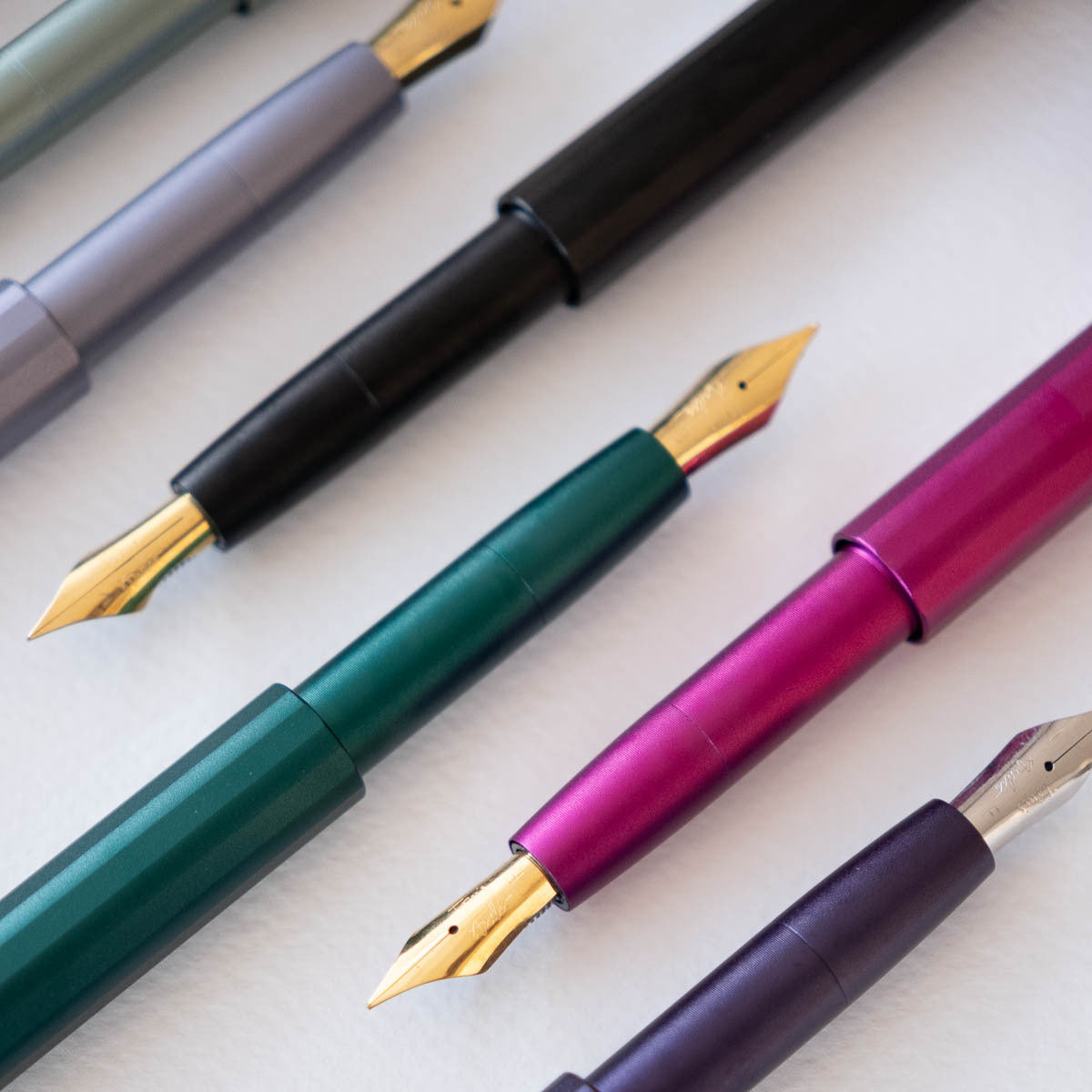The Pocket Fountain Pen
A brief guide to get you started with your new pen.

ABOUT THE STUDIO POCKET FOUNTAIN PEN
ALL ABOUT INKS
ALL ABOUT NIBS
CARING FOR YOUR STUDIO POCKET FOUNTAIN PEN
TROUBLESHOOTING
The Pocket Fountain Pen
A brief guide to get you started with your new pen.

ABOUT THE STUDIO POCKET FOUNTAIN PEN
ALL ABOUT INKS
ALL ABOUT NIBS
CARING FOR YOUR STUDIO POCKET FOUNTAIN PEN
TROUBLESHOOTING